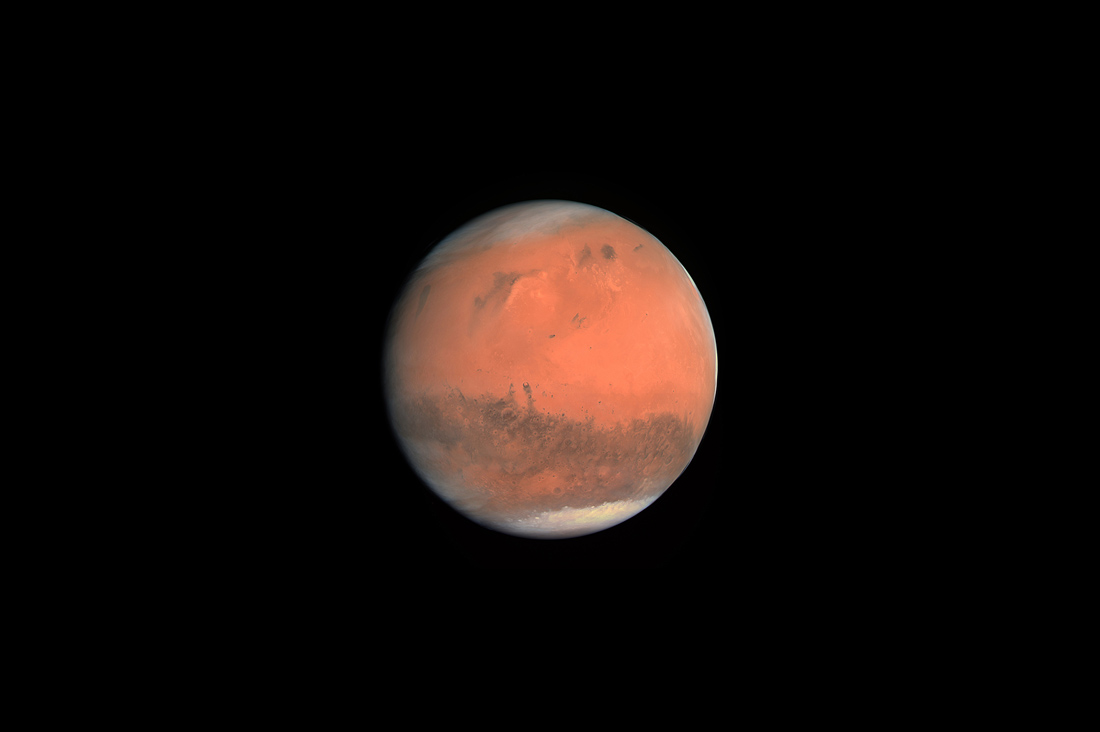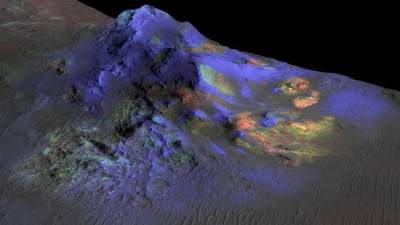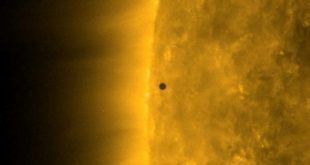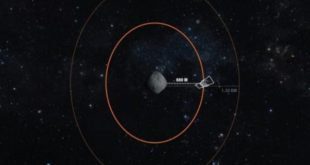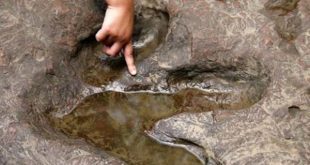 According to the researchers, the probe released the solar panels.
According to the researchers, the probe released the solar panels.
Scientists using 3D modeling found that the predecessor of “Schiaparelli” probe Beagle 2, which was launched by the European space Agency in 2003, crashed on Mars, and just could not get in touch with the Earth.
According to the researchers, the probe made a successful landing on Mars, and has released three solar panels. The connection with the Land has not been established, presumably due to the fact that the antenna probe is not working properly because the fourth solar panel did not deploy.
Probe Beagle 2 successfully separated from Mars Express on 19 December 2003, but not out December 25 – the day of the alleged landing on the planet. The fate of the probe remained a mystery to scientists until, while in 2014, NASA’s Mars Reconnaissance Orbiter failed to get pictures of Beagle 2.
However, the obtained images it was impossible to determine exactly what happened with the probe. Now, researchers have applied the method combination of simulation and real images and found that the probe has released the solar panel.
October 19, probe “Schiaparelli” landing on Mars. On the mission after that was to start signal transmission from the surface which will receive and record the Mars probes Mars Express, Mars Reconnaissance Orbiter and orbital module TGO. But contact with the probe was lost.
According to experts, “Schiaparelli” successfully entered the upper atmosphere. Its heat shield is designed to brake against the atmosphere, worked out according to plan.
Then the probe threw the parachute, and at this point, data transmitted from apparatus not in line with what economists expected. Later it became known that the probe crashed during landing.

